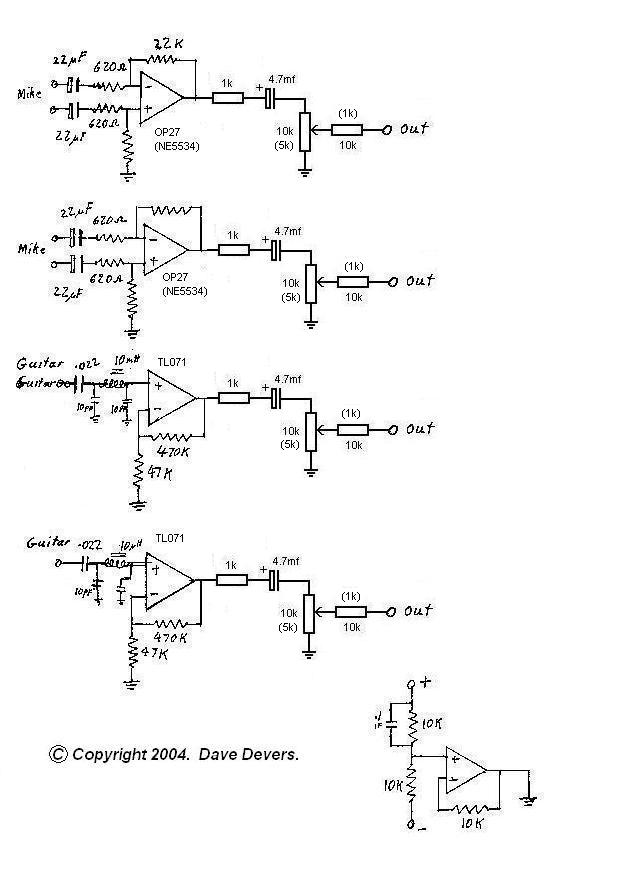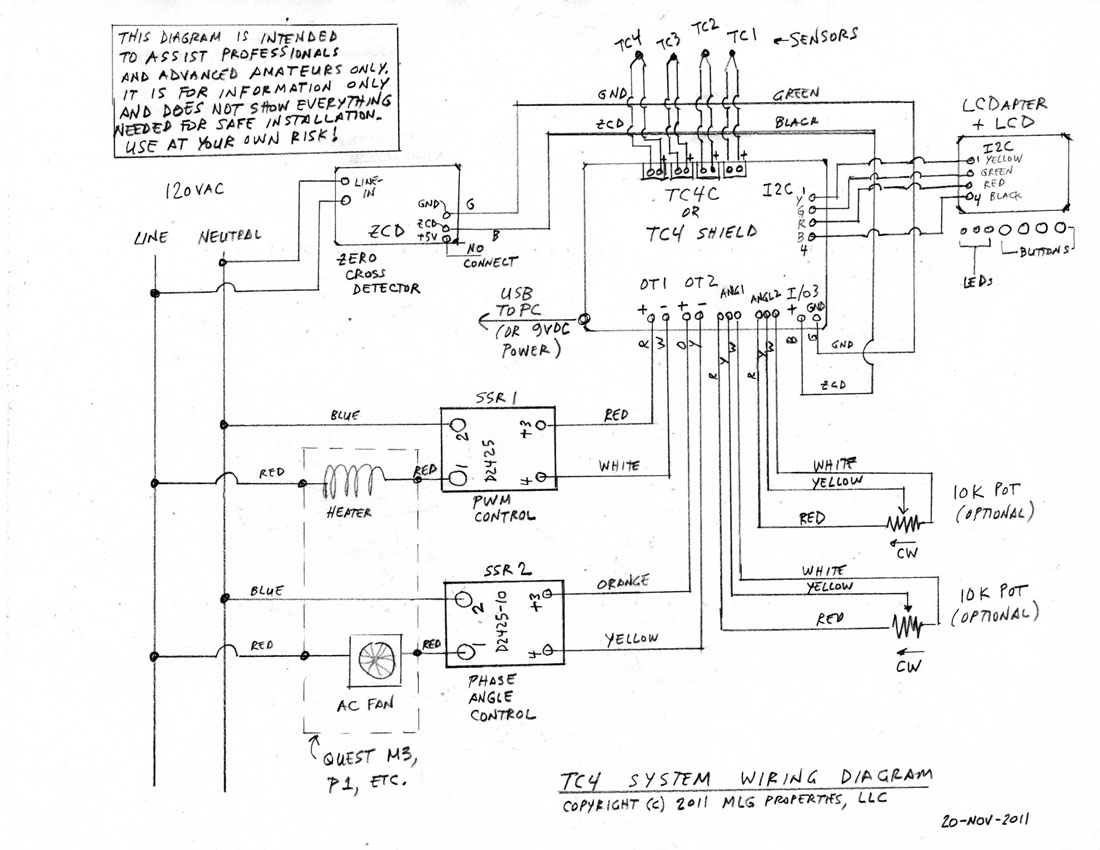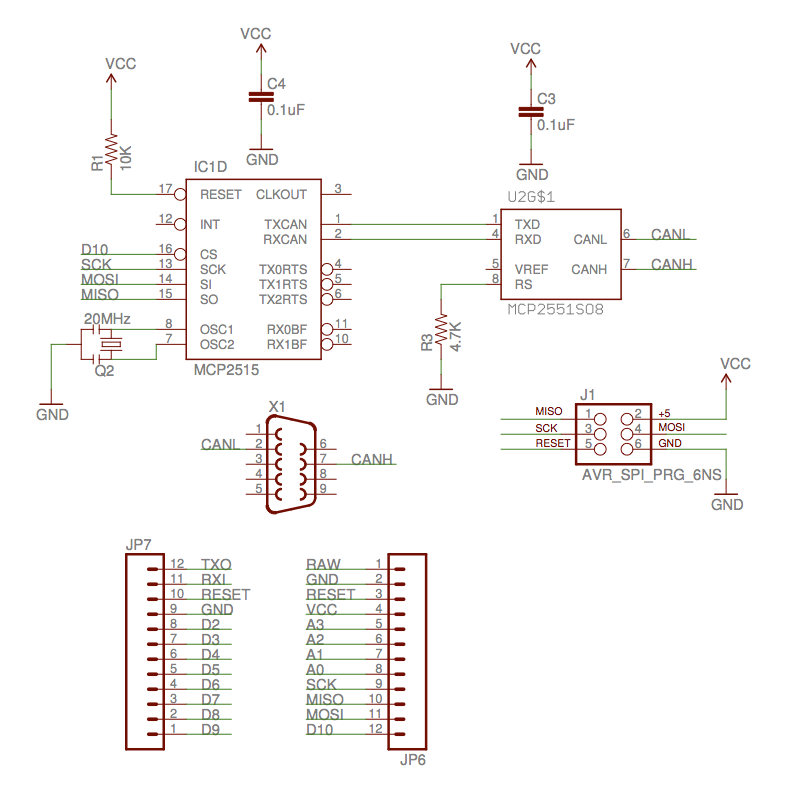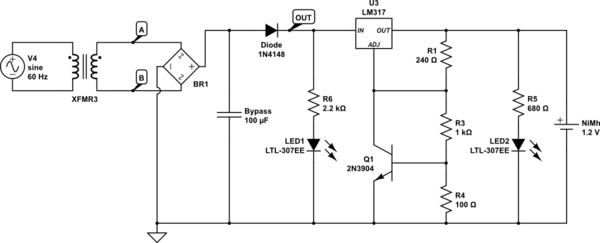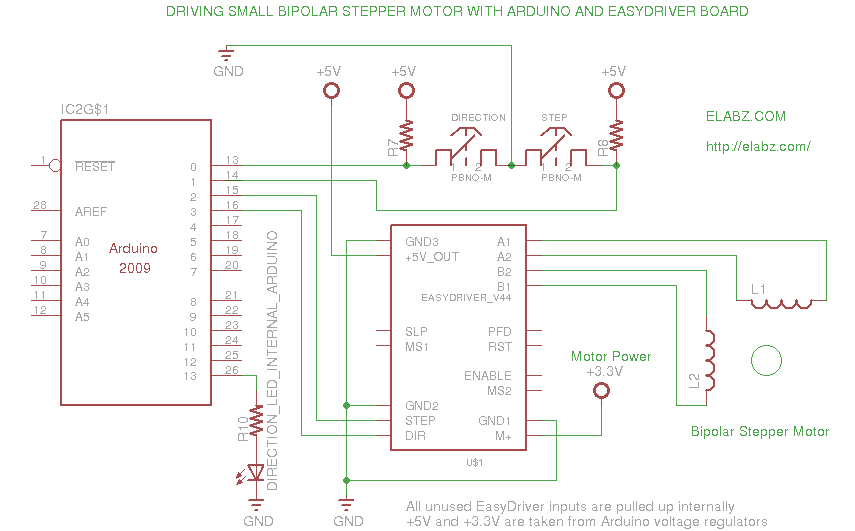
Guitar Effects / Pedal with arduino
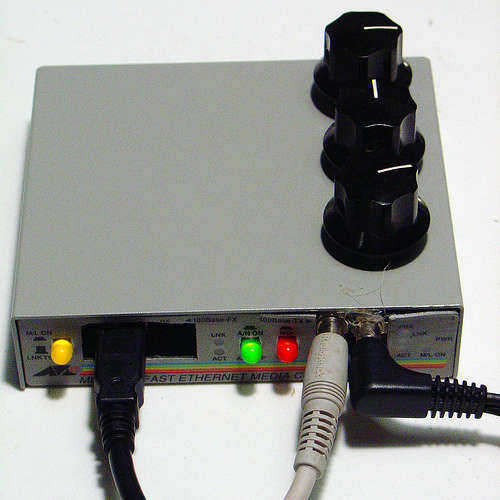
Make your own Guitar Effects Pedal with an Arduino board. Bit crushing, rate reducing, weird noises. 10-bit effects/guitar pedal with an Arduino for lo-fi DSP
The project involves designing a guitar effects pedal utilizing an Arduino microcontroller to create various sound effects, including bit crushing and rate reduction. The primary goal is to achieve a lo-fi digital signal processing (DSP) effect, which is particularly appealing for musicians seeking unique sound textures.
The schematic would typically include an Arduino board, such as the Arduino Uno or Nano, which serves as the central processing unit. The audio input from the guitar is captured using an analog-to-digital converter (ADC) integrated within the Arduino. This allows the analog guitar signal to be converted into a digital format that can be manipulated by the microcontroller.
For the bit crushing effect, the design will implement a simple algorithm that reduces the bit depth of the audio signal, resulting in a gritty sound characteristic of lo-fi music. The Arduino can be programmed to control the bit rate dynamically, allowing musicians to adjust the level of distortion in real-time.
Additionally, a digital potentiometer may be included to facilitate control over various parameters, such as the rate of the effect or the depth of modulation. This component can be interfaced with the Arduino through I2C or SPI communication protocols.
The output stage of the circuit will typically involve a digital-to-analog converter (DAC) to convert the processed digital signal back into an analog format, which can then be sent to an amplifier or directly to an audio output jack. The design may also include filtering components to smooth out the output signal and reduce any unwanted noise.
Power supply considerations are crucial, as the Arduino and any additional components will require a stable voltage source. A battery or a regulated power supply can be employed, ensuring that the pedal operates reliably during live performances.
Overall, the proposed circuit design integrates elements of audio engineering, digital signal processing, and microcontroller programming, culminating in a versatile and customizable guitar effects pedal.Make your own Guitar Effects Pedal with an Arduino board. Bit crushing, rate reducing, weird noises. 10-bit effects/guitar pedal with an Arduino for lo-fi DSP 🔗 External reference
The project involves designing a guitar effects pedal utilizing an Arduino microcontroller to create various sound effects, including bit crushing and rate reduction. The primary goal is to achieve a lo-fi digital signal processing (DSP) effect, which is particularly appealing for musicians seeking unique sound textures.
The schematic would typically include an Arduino board, such as the Arduino Uno or Nano, which serves as the central processing unit. The audio input from the guitar is captured using an analog-to-digital converter (ADC) integrated within the Arduino. This allows the analog guitar signal to be converted into a digital format that can be manipulated by the microcontroller.
For the bit crushing effect, the design will implement a simple algorithm that reduces the bit depth of the audio signal, resulting in a gritty sound characteristic of lo-fi music. The Arduino can be programmed to control the bit rate dynamically, allowing musicians to adjust the level of distortion in real-time.
Additionally, a digital potentiometer may be included to facilitate control over various parameters, such as the rate of the effect or the depth of modulation. This component can be interfaced with the Arduino through I2C or SPI communication protocols.
The output stage of the circuit will typically involve a digital-to-analog converter (DAC) to convert the processed digital signal back into an analog format, which can then be sent to an amplifier or directly to an audio output jack. The design may also include filtering components to smooth out the output signal and reduce any unwanted noise.
Power supply considerations are crucial, as the Arduino and any additional components will require a stable voltage source. A battery or a regulated power supply can be employed, ensuring that the pedal operates reliably during live performances.
Overall, the proposed circuit design integrates elements of audio engineering, digital signal processing, and microcontroller programming, culminating in a versatile and customizable guitar effects pedal.Make your own Guitar Effects Pedal with an Arduino board. Bit crushing, rate reducing, weird noises. 10-bit effects/guitar pedal with an Arduino for lo-fi DSP 🔗 External reference
